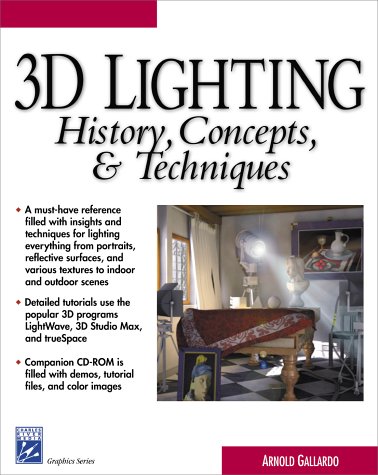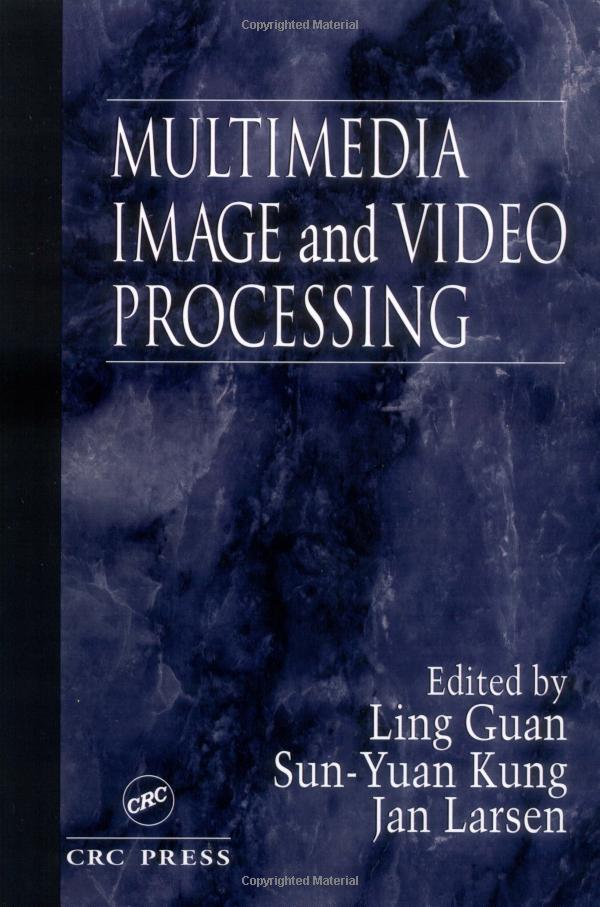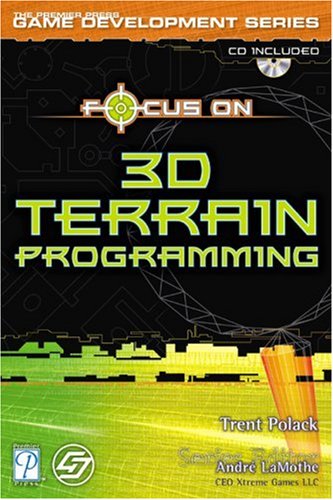Arnold Gallardo9781584500384, 1-58450-038-7
The majority of computer graphics books are either too general or too application-specific. The field of 3-D computer graphics possesses tremendous depth, and any aspect of it is worthy of a focused career. In large studios, artists concentrate on just one phase of production, be it modeling, texturing, animation, or rendering. If you’re interested in learning about the field from this perspective, read 3-D Lighting: History, Concepts & Techniques. It’s a pleasure to peruse, because it shares the large-studio focus.The book does feature examples, project files, and some instructions for specific applications, but mostly it’s about concept and theory in computer imaging. For the most part, it avoids application-specific discussion. This is a good thing – any experienced artist uses more than one application, and can easily port this information from one app to another.There are eight chapters in all, starting with “The Nature of Light” (how light works) and “The Physiology of Seeing and Perception” (how we see light), and moving on to “Fundamentals of Photography and Cinematography” and “Color and Materials. But it isn’t until chapter 5, “Computer Graphics,” that the book gets into the specifics of how 3-D applications treat light and color.These first five out of eight chapters are only the first 130 pages of the book. The remaining three chapters, encompassing over 310 pages, are the heart of the book: basic lighting, applied techniques, and dealing with various lighting situations. Filled with numerous specific and conceptual examples, these three chapters describe techniques and principles that can be applied to virtually any scene using any program. It would be fair to call this section of the book… enlightening.Breaking away from a computer-centric mentality, the book’s Appendix A discusses the physiology of the human eye – its physical makeup, how it works, and how it converts what it sees to a signal understandable to the human brain. Appendix B offers a short history of photography, including how the focused image is burned into the chemical surface of the receiving plate.The only real drawback of this book is its lack of color images. While there is an eight-page color plate section in the middle, this is hardly enough to sustain a book that’s devoted to lighting and color theory. And, although the accompanying CD-ROM includes most, if not all, of the pictures used in the book, it is not nearly as helpful as having color pictures in the text. The liberal use of black-and-white images throughout the book is almost an insult to a book about color and light. | |







Reviews
There are no reviews yet.